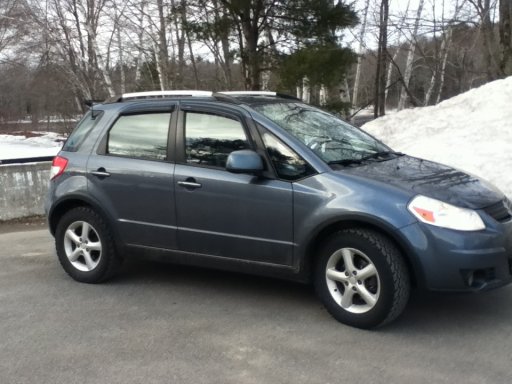Hello Overland Bound, What do I really need for recovery gear? I have read many different topics on this but when it comes to buying a kit I still cant decided.
I have a 2016 Toyota 4runner and it will weigh approximately 5800 - 6000 lbs when finished. I have a bunch of friends suggesting the cheapest options and others suggesting the most expensive options.
So just for clarification I am asking about straps, tree savers, blocks?, shackles. I will have shovel, hi-lift jack, axe, and maxxtrax. I also purchased a TJM Winch I felt it was a good deal.
I have been leaning towards a BUBBAROPE Rock and Roll Recovery Kit but was unsure of the rope size. Should I buy a kit or piece one together?
Thank you all for the assistance. I hope I didn't ramble to much.
I have a 2016 Toyota 4runner and it will weigh approximately 5800 - 6000 lbs when finished. I have a bunch of friends suggesting the cheapest options and others suggesting the most expensive options.
So just for clarification I am asking about straps, tree savers, blocks?, shackles. I will have shovel, hi-lift jack, axe, and maxxtrax. I also purchased a TJM Winch I felt it was a good deal.
I have been leaning towards a BUBBAROPE Rock and Roll Recovery Kit but was unsure of the rope size. Should I buy a kit or piece one together?
Thank you all for the assistance. I hope I didn't ramble to much.









